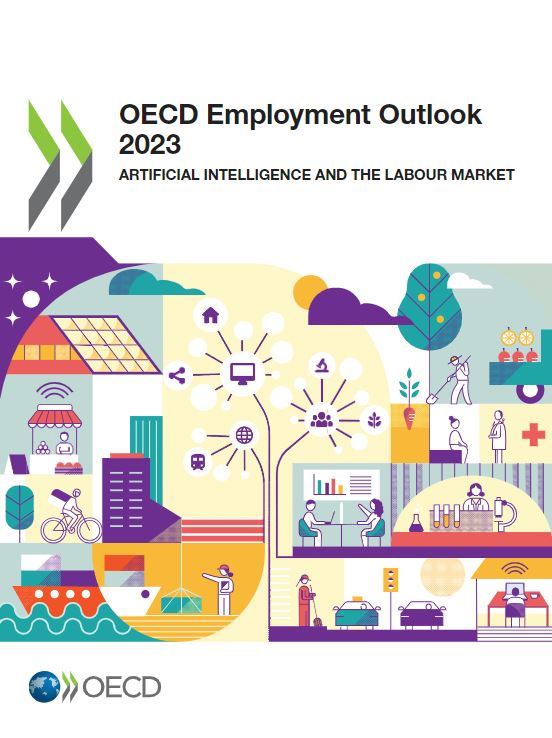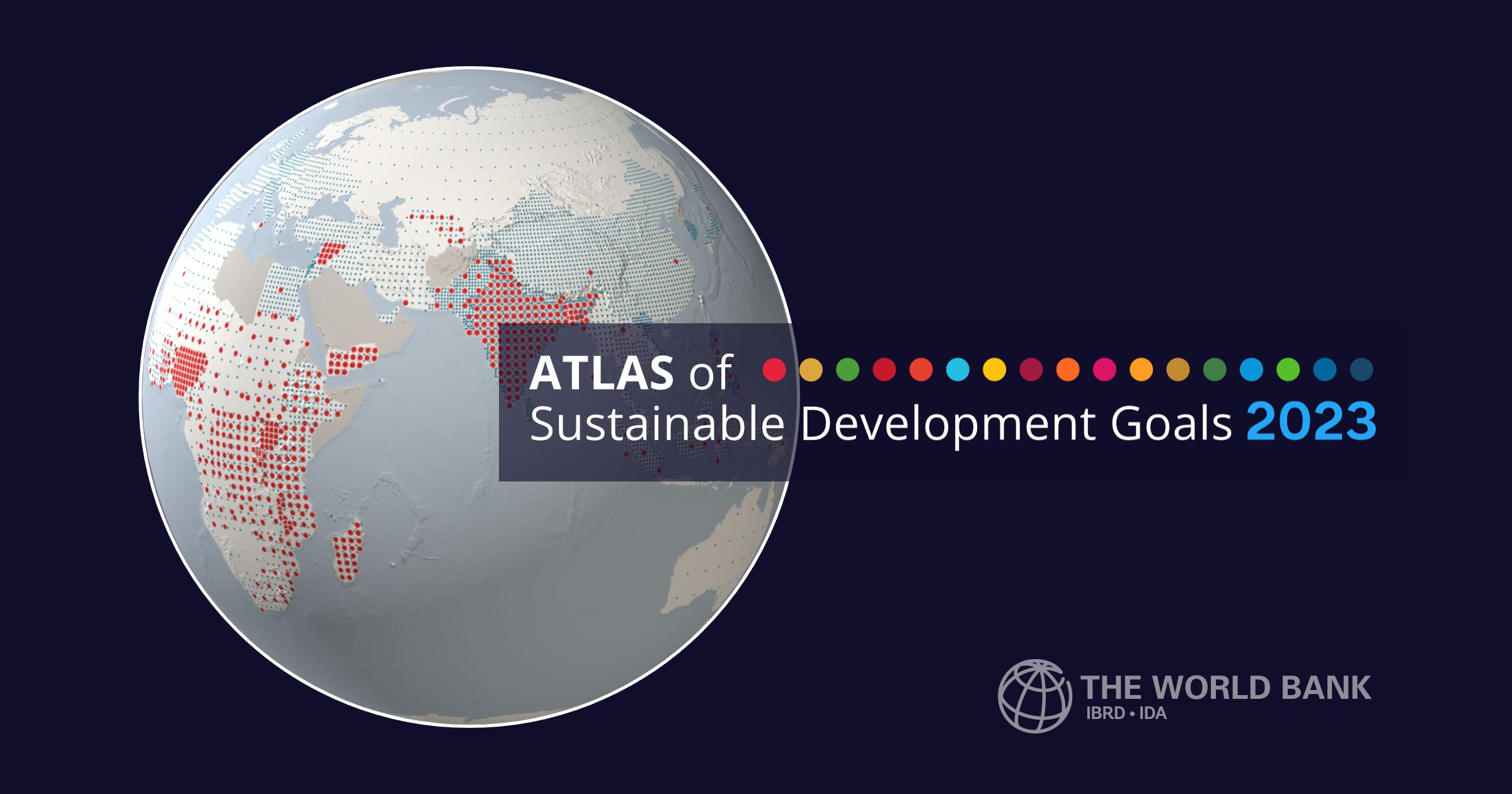
Evidence from an OECD D4SME survey
Digitalisation has triggered a profound transformation of the retail sector, primarily composed of SMEs. While retail businesses are embracing more hybrid practices of managing online and brick-and-mortar channels, getting more traditional SME retailers fit for the hybrid era could open up new opportunities, with far reaching implications on the local economy. Through a novel survey conducted in six OECD countries (France, Germany, Italy, Japan, Korea, and Spain) in co-operation with e-commerce platforms, this report provides new insights to better understand retail SMEs’ perceived advantages and challenges of operating online sales through these platforms, with a particular spotlight on hybrid SME retailers.

"Inequality of opportunity (IOp) leads to misallocation of human capital and can affect economies via its impact on individual economic decision making. This paper studies the impact of IOp on investment, using a laboratory experiment. We randomized IOp, then subjects chose to invest in a risky asset or savings. Our results suggest that IOp impacts investment choices only for people who are penalized by their circumstances and only once they learn the impact of IOp on their relative position in the income distribution.
Read more … Inequality of Opportunity and Investment Choices

"This paper is a direct call to the finance community to reshape its strategies, incentivize across the value chain with innovative financial tools and invest responsibly for a greener, equitable future.
Representing approximately one-third of global emissions, food systems contribute significantly to the world’s greenhouse gas footprint, yet the transition to net-zero and sustainable food remains underfunded, with just under 4% of climate finance allocated to agriculture and food. Financial sector involvement can unleash the power of public and private investments and partnerships to harness the immense potential of transforming our food systems.
Read more … Green Returns: Unleashing the Power of Finance for Sustainable Food Systems

"The OECD-FAO Agricultural Outlook 2023-2032 provides a consensus assessment of the ten-year prospects for agricultural commodity and fish markets at national, regional, and global levels, and serves as a reference for forward-looking policy analysis and planning. Recent surges in agricultural input prices experienced over the last two years have raised concerns about global food security. This year’s Outlook demonstrates that rising fertiliser costs can lead to higher food prices.

"Using panel data of cities in the People’s Republic of China from 2011 to 2019, we analyze the impact of digital finance on low-carbon transition derived from a super-efficiency slacks-based measure data envelopment analysis. We find that digital finance promotes low-carbon transition, and this finding is robust with respect to the choice of sample, potential presence of measurement issue, choice of study period, presence of other policies, and potential endogeneity, among others. This impact, at least in part, is through increased green innovations. We also find evidence for impact heterogeneity across locations and by the level of low-carbon transition."

"Artificial Intelligence and the Labour Market
The 2023 edition of the OECD Employment Outlook examines the latest labour market developments in OECD countries. It focuses, in particular, on the evolution of labour demand and widespread shortages, as well as on wage developments in times of high inflation and related policies. It also takes stock of the current evidence on the impact of artificial intelligence (AI) on the labour market.

"The Gender Inclusivity Toolkit equips young entrepreneurs with resources to promote gender equality and inclusivity in their businesses. This toolkit provides a pathway for transformative change, enabling entrepreneurs to cultivate an inclusive workplace that attracts and retains a gender-diverse talent pool. It aims to raise awareness of gender biases and discrimination, offering practical measures for addressing them."

"The Annual Review 2022 details how the Bank stepped up its investment last year and was particularly vigorous in support of Ukraine.
The EBRD balanced its work in Ukraine with meeting key objectives in other areas, such as tackling climate change, fostering inclusion and building digital capacity in the economies where it operates.
Crucially, green investments totalled 50 per cent of Annual Bank Investment (ABI) for 2022, in line with the EBRD’s goal of being a majority green bank by 2025."

The Atlas of Sustainable Development Goals 2023 presents interactive storytelling and data visualizations about the 17 Sustainable Development Goals. It highlights trends for selected targets within each goal and introduces concepts about how some SDGs are measured.

Opportunities for Financial and Agricultural Service Providers
Rural women are central to building more resilient global food systems, yet face disproportionate threats from climate stresses and shocks. To help rural women adapt and thrive in the face of climate change and boost food security, service providers must design and deliver financial and non-financial solutions that create value for rural women as well as their businesses.

Economic forecasts
Regional Economic Prospects review the latest economic developments in the EBRD regions and provide a discussion of recent growth performance as well the latest forecasts prepared by economists and economic analysts at the EBRD.
They also provide analysis on topical issues such as the impact of the war on Ukraine and high inflation on the economies in the EBRD regions and implications for policies.

But the international architecture must adapt to a fast-changing world
Today fewer than 1 in 10 of the world’s people are poor, a fourfold reduction since 1990, as low- and middle-income countries have doubled their share of global trade. Pivotal to this leap in global income is a twentyfold increase in international trade since 1960.


